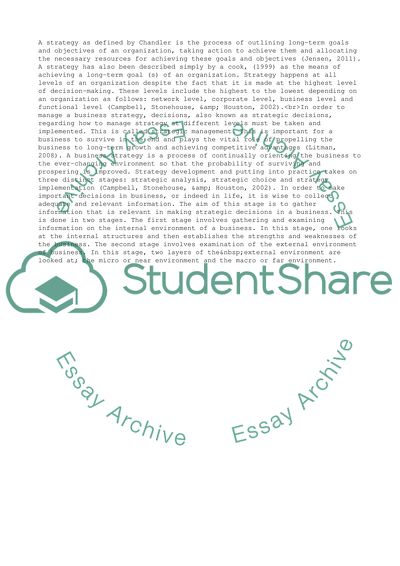Cite this document
(Organizational and Facilities Management Strategy Assignment, n.d.)
Organizational and Facilities Management Strategy Assignment. Retrieved from https://studentshare.org/management/1767456-facility-management-bifm-level-5-diploma
Organizational and Facilities Management Strategy Assignment. Retrieved from https://studentshare.org/management/1767456-facility-management-bifm-level-5-diploma
(Organizational and Facilities Management Strategy Assignment)
Organizational and Facilities Management Strategy Assignment. https://studentshare.org/management/1767456-facility-management-bifm-level-5-diploma.
Organizational and Facilities Management Strategy Assignment. https://studentshare.org/management/1767456-facility-management-bifm-level-5-diploma.
“Organizational and Facilities Management Strategy Assignment”, n.d. https://studentshare.org/management/1767456-facility-management-bifm-level-5-diploma.


